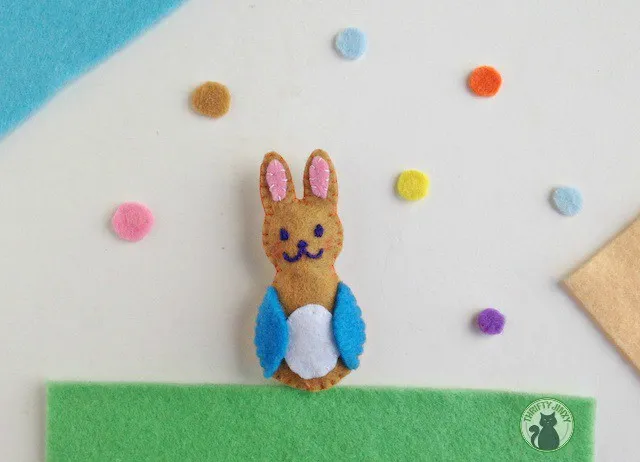In today’s fast-paced society, literacy plays a critical role in the success and well-being of individuals. However, not everyone has equal access to resources, support, and education that can help to develop essential reading skills. This free guide is designed to assist educators, parents, and community members in supporting vulnerable readers by providing practical tips and strategies to foster a love for reading.
1. Creating an Inclusive Reading Environment
One of the first steps in helping vulnerable readers is creating an inclusive reading environment where everyone feels welcome and valued. This can be as simple as making a cozy reading corner in the classroom or library with comfortable seating, diverse book selections, and quiet spaces for independent reading. Promote inclusivity by offering materials in different languages and including stories with characters from various backgrounds and abilities.
2. Choosing Books Qualified for Different Learning Needs
Not all readers learn at the same pace. It is essential to provide appropriate material for varying reading abilities to cater to each individual’s needs. Identify struggling readers and provide them with books that are tailored to their current level while making sure there are clear paths to progress.
3. Encouraging a Reading Culture
Developing a love for reading is just as important as improving one’s skills. Foster a strong reading culture by encouraging students to talk about books they enjoyed and creating engaging events such as reading clubs or author visits.
4. Identifying Reading Challenges Early
Gauging a child’s reading capabilities early on allows educators and parents to better address any issues before they become larger problems. Monitor students’ progress through regular assessments, keeping an eye out for any consistent struggles or weaknesses.
5. Offering One-On-One Support
Some struggling readers may require individualized attention to overcome challenges they face while learning to read efficiently. Offer one-on-one tutoring sessions, coordinate with resource teachers or therapists, or assign peer mentors to provide additional support.
6. Utilizing Adaptive Technology
Many tools and resources can make reading more accessible for students with learning disabilities or other special needs. Utilize technologies such as audio books, large-print editions, or digital reading applications with adjustable settings like font size, background color, and text-to-speech options.
7. Empowering Parents and Caregivers
As a primary influence on a child’s learning, parents and caregivers should also be equipped with resources to support reading skills at home. Offer workshops for families to learn reading strategies or provide information on local reading programs and tutoring services.
8. Engaging the Community
Local organizations and businesses can be valuable partners in promoting literacy. Reach out to community groups for resources, volunteers, mentorship programs, or funding for literacy initiatives.
By following the steps outlined in this guide, you can make a significant impact on the lives of your most vulnerable readers. By offering support, fostering a love for reading, and building strong connections within your community, you can help ensure every child has the opportunity to thrive and succeed in their educational journey.










